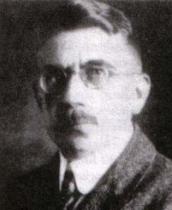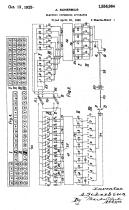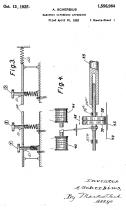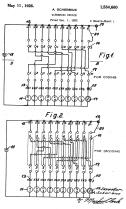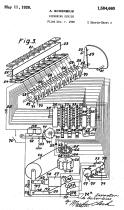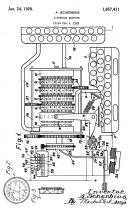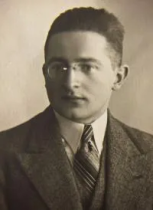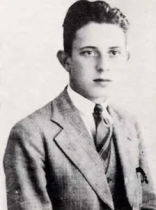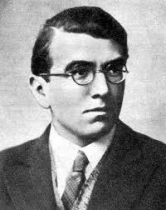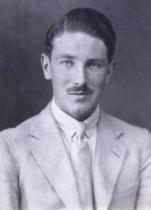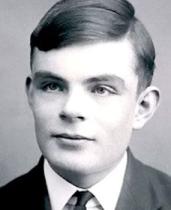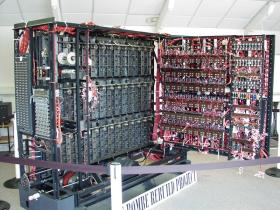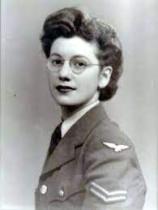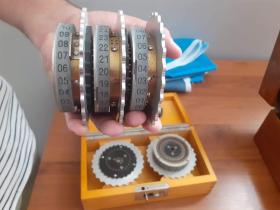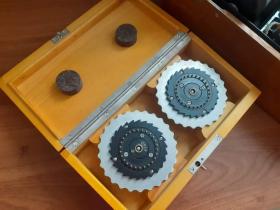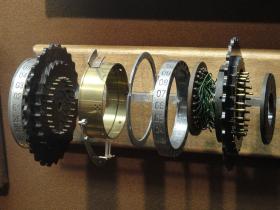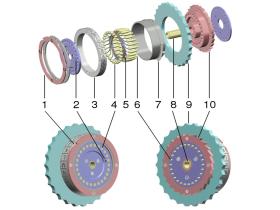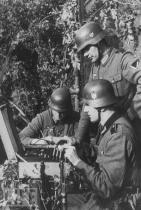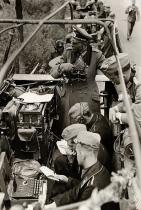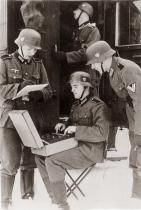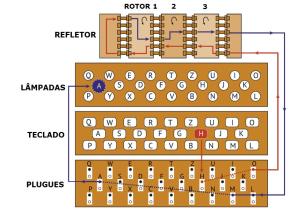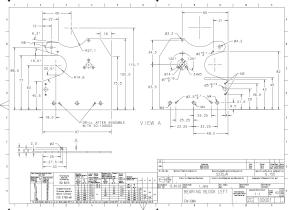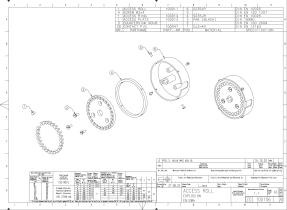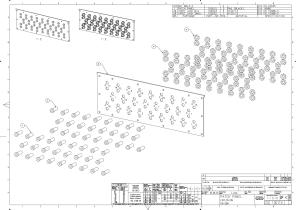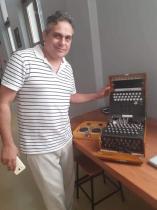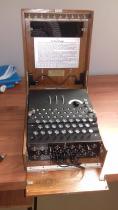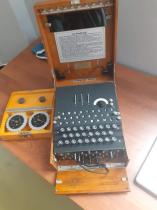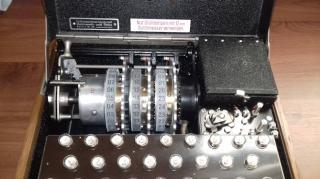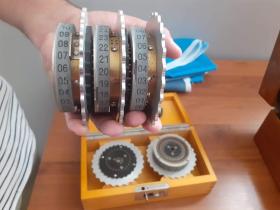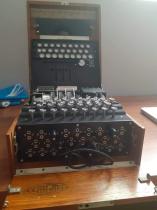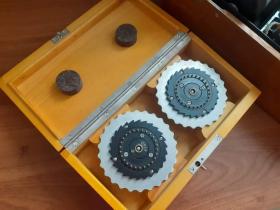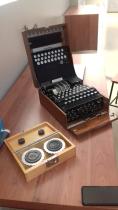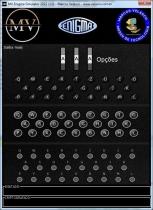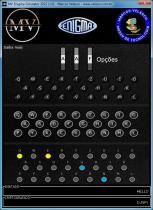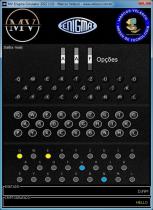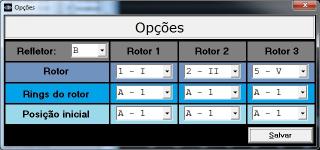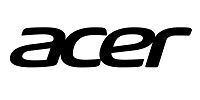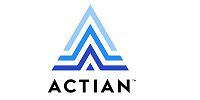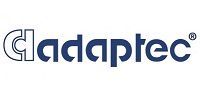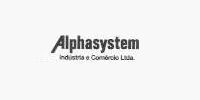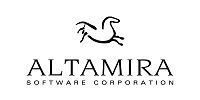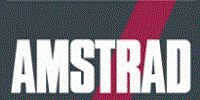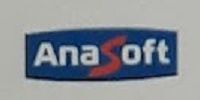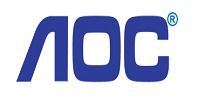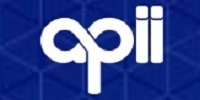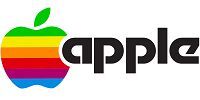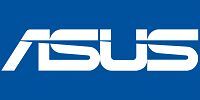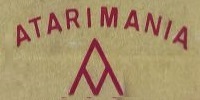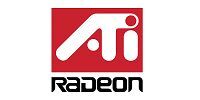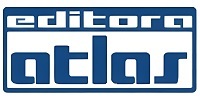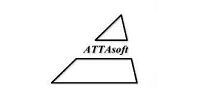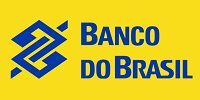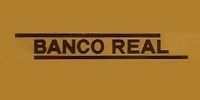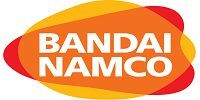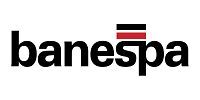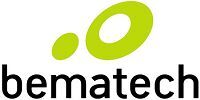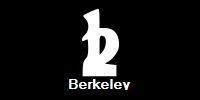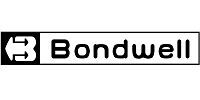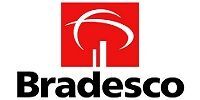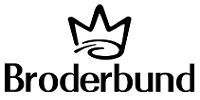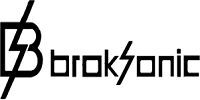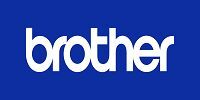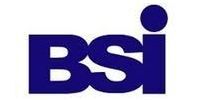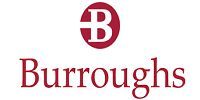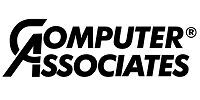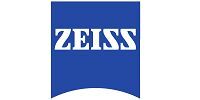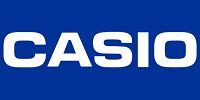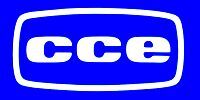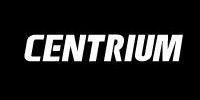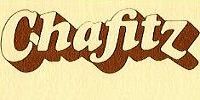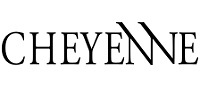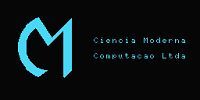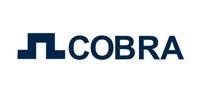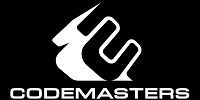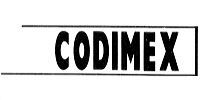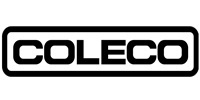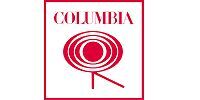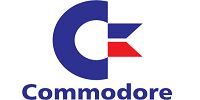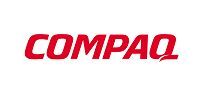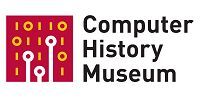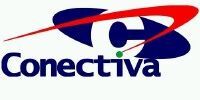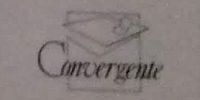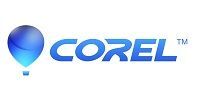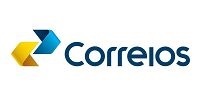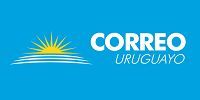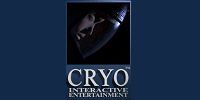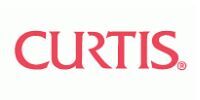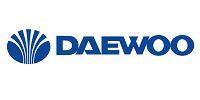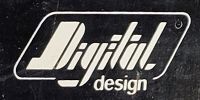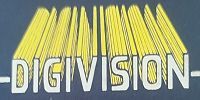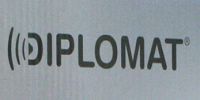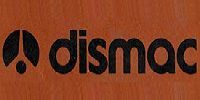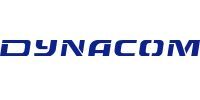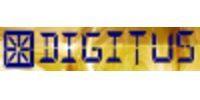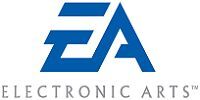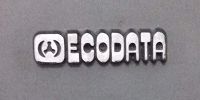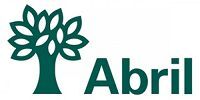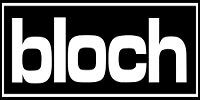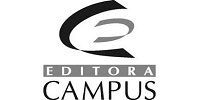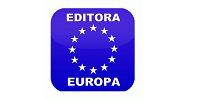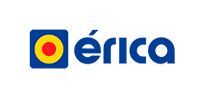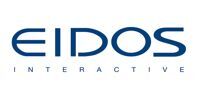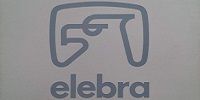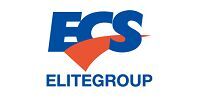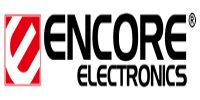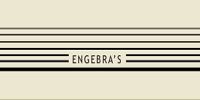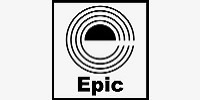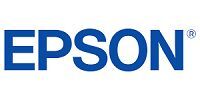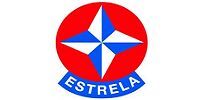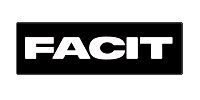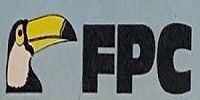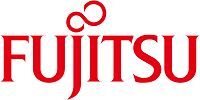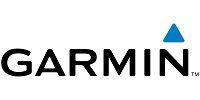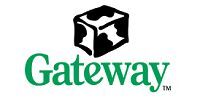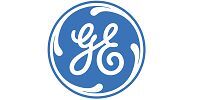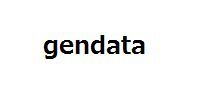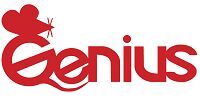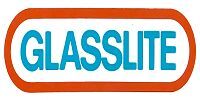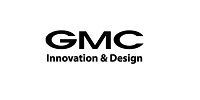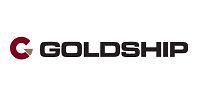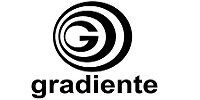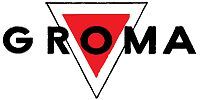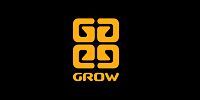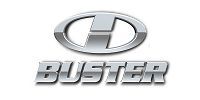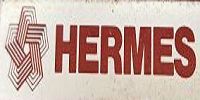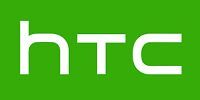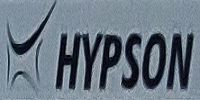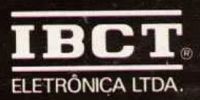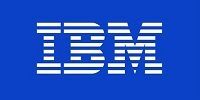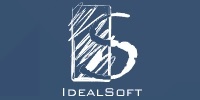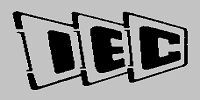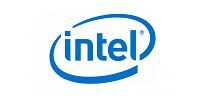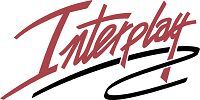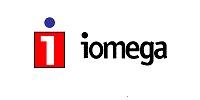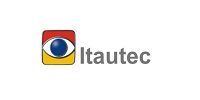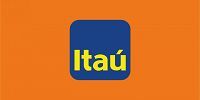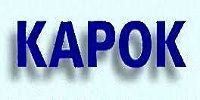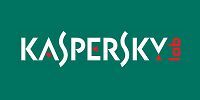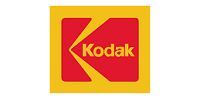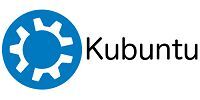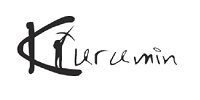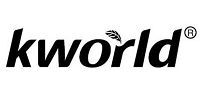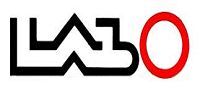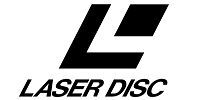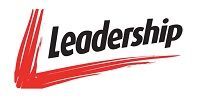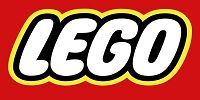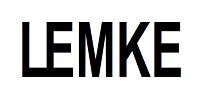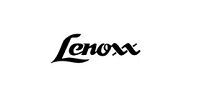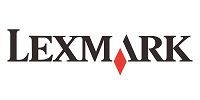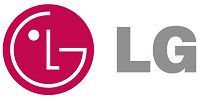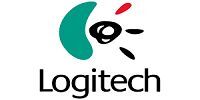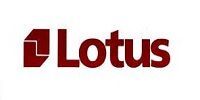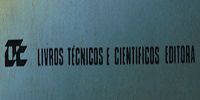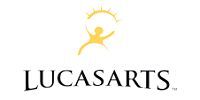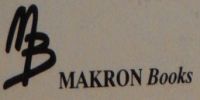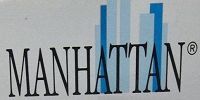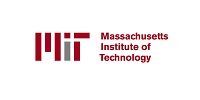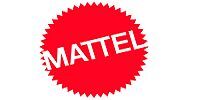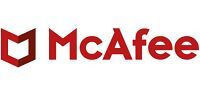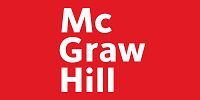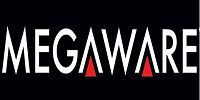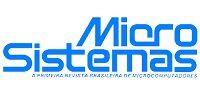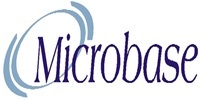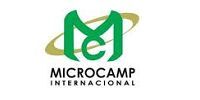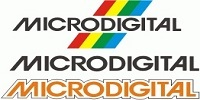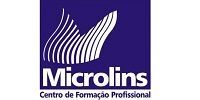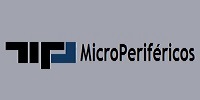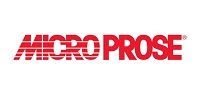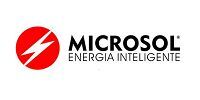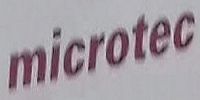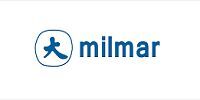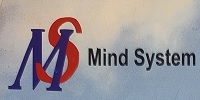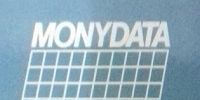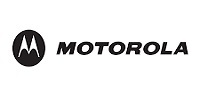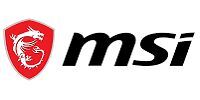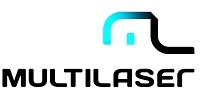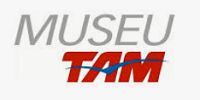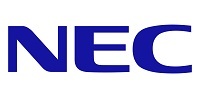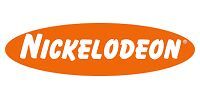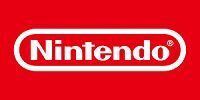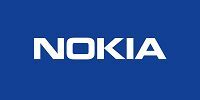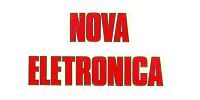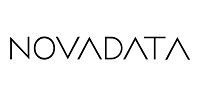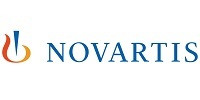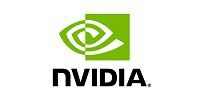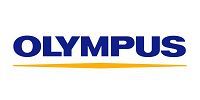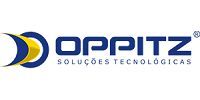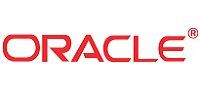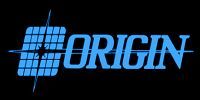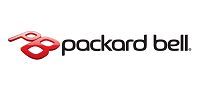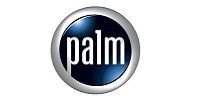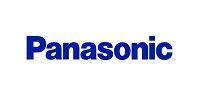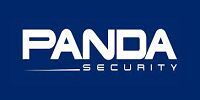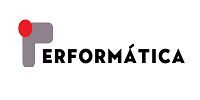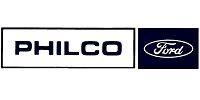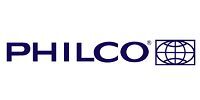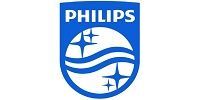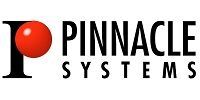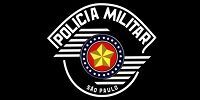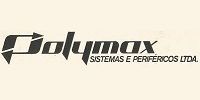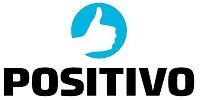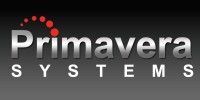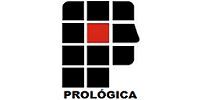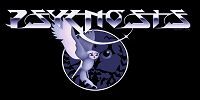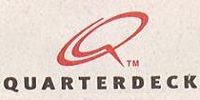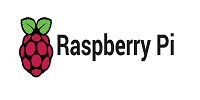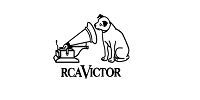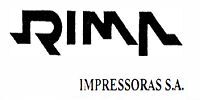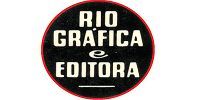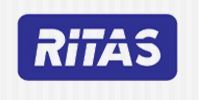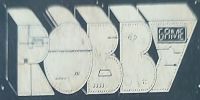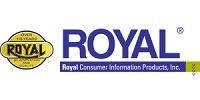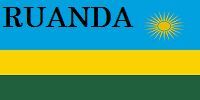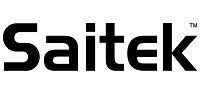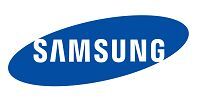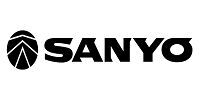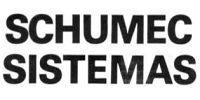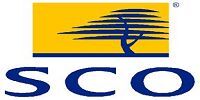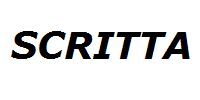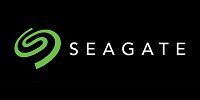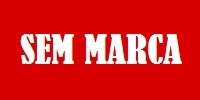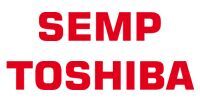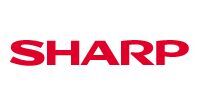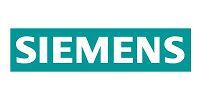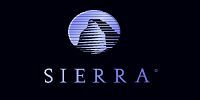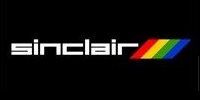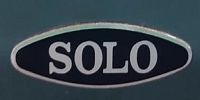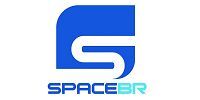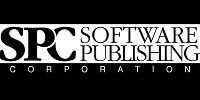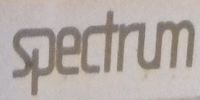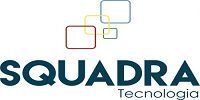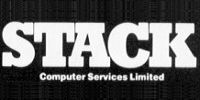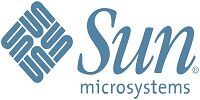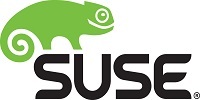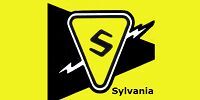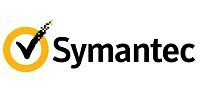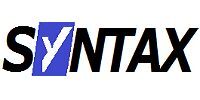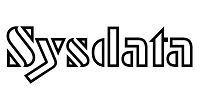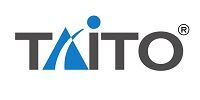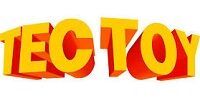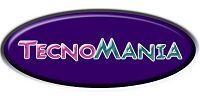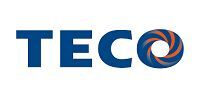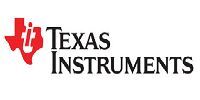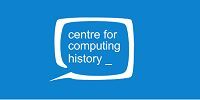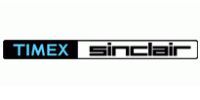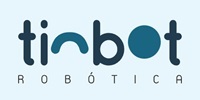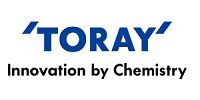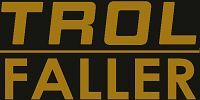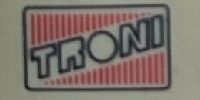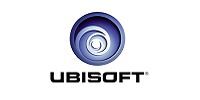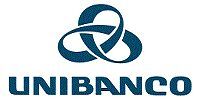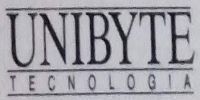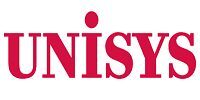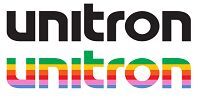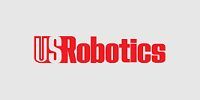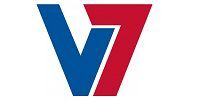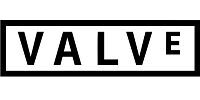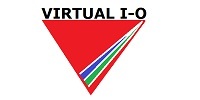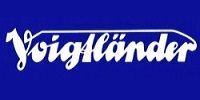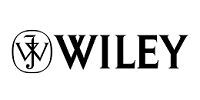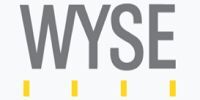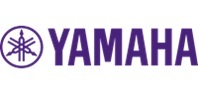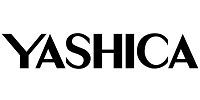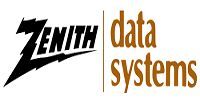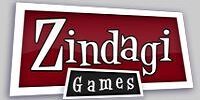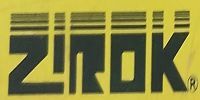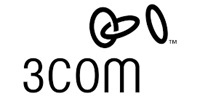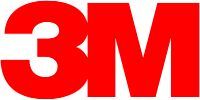History of Enigma
Enigma is an electromechanical encryption machine with rotors. Used to both encrypt and decrypt war codes, it was used in various ways in Europe from the 1920s onwards. Its fame comes from its adaptation by most of the German military forces from around 1930 onwards. The ease of use and the alleged indecipherability of the code were the main reasons for its popularity. The code was, however, cracked, and the information contained in the messages that he did not protect is generally held responsible for bringing the end of World War II forward by at least a year. The Enigma was patented by Arthur Scherbius in 1918. The first models (Enigma Model A) were exhibited at the Universal Postal Union Congresses in 1923 and 1924. It was a model similar to a typewriter, measuring 65x45x35 cm and weighing about 50 kg.Three other commercial versions succeed it. The Enigma-D became the most popular model after arousing the interest of the German navy in 1926. The German navy became interested in the Enigma and bought some copies, adapting them to its use in 1926. These first machines for military use were called Funkschlussel C. In 1928 the army produced its own version - the Enigma G. From that moment on, its use extended to the entire German military organization and to a large part of the Nazi hierarchy. The Navy calls the Enigma the "M" machine. Arthur Scherbius, however, did not live to see the widespread use of his machine. In 1929, Scherbius died in a carriage accident in Berlin-Wannsee, where he had lived since 1924. Reference: Wikipedia"Patents
Three patents were registered in the United States by Arthur Scherbius, referring to cryptographic machines:Patent EUA 1 556 964 - 10/13/1925 - Electric encryption apparatus Patent EUA 1 584 660 - 05/11/1926 - Encryption device Patent EUA 1 657 411 - 01/24/1928 - Encryption machineCombinations
Three rotors out of a set of five, each of the 3 rotors having 26 positions and the plug plate with ten pairs of connected letters, the Military Enigma has nearly 159 quintillion) different configurations: (5 x 4 x 3) x (26³) x [26! / (6! x 10! x 2¹°)] = 158,962,555,217,826,360,000.The first to break the Enigma code
Marian Adam Rejewski was a Polish mathematician and cryptanalyst who in late 1932 reconstructed the invisible German military encryption machine Enigma, aided by limited documents obtained by French military intelligence. Over the next seven years, Rejewski and his fellow mathematical cryptologists developed and used techniques and equipment to decrypt German machine ciphers, even as the Germans introduced modifications to their equipment and encryption procedures. He died of heart problems.Jerzy Witold Rozycki was a Polish mathematician and cryptologist who worked on breaking German ciphers for the Enigma machine. In 1929, still a student and proficient in German, he was one of the students at the University of Poznan who accepted an invitation to a secret cryptology course organized by the Biuro Szyfrow in Warsaw. From September 1932 Rozycki served as a civilian cryptologist at Biuro Szyfrow. He was born in the Russian Empire in a place now located in Ukraine and died in the Mediterranean Sea when the ocean liner he was on sank near the Balearic Islands. His body was never found.Henryk Zygalski was a Polish mathematician and cryptanalyst who worked on cracking the Enigma machine before and during World War II. Zygalski was a civilian from 1932 onwards, working in the Biuro Szyfrow (Cipher Office), housed in the Saxon Palace in Warsaw.William Gordon Welchman was a British mathematician, university professor, cryptanalyst during World War II at Bletchley Park, and writer. With the end of the war, he moved to the United States, where he obtained citizenship shortly afterwards. He studied at Marlborough College, a boarding school in Wiltshire, and then studied mathematics at Trinity College, Cambridge from 1925 to 1928. At the invitation of Commander Alastair Denniston, William joined the staff of the Government Code and Cypher School, shortly before the start of Second World War. He was one of four mathematicians recruited - Alan Turing, Hugh Alexander and Stuart Milner-Barry, with Joan Clarke joining later.Alan Turing and team
Alan Turing was born in London in 1912. He always had a preference for mathematics and the exact area and in 1934 he graduated in mathematics from Kings College in Cambridge. In 1939, just at the start of the war, he was drafted to work at the Government Code and Cypher School (GC&CS) in Bletchley Park.In addition to the team led by Turing, called Hut 8, other teams worked in parallel also deciphering Enigma codes. The Hut 4 team did the translation and interpretation of the collected data, the Bombe team produced the machines that were used in the decryption, the Hut 6 team also worked deciphering the Enigma, but kept the messages from the naval force, while the Turing team I stayed with the air force messages. Despite not being the only mind to break Enigma and build the Bombe machines, Turing played a crucial role in his team and left his contribution in several areas, such as Computational Theory, defining the concepts of algorithms and creating the Turing machine: Artificial Intelligence, proposing an experiment to evaluate the intelligence of a machine that became known as the Turing test, in addition to Mathematical Biology, analyzing the patterns and shapes of living organisms. Turing died in 1954 in Wilmslow, a small town in the north of England. He allegedly committed suicide by eating an apple containing cyanide after being chased by British police for being homosexual. Joan Elisabeth Lowther Murray, known as Joan Clarke, was a British cryptanalyst and numismatist, recognized for her work in World War II breaking enemy codes at the Bletchley Park facility. She had an important role in Project Enigma, which decoded the secret communications of Nazi Germany, work for which she was appointed a Member of the Order of the British Empire. She was engaged to Alan Turing, with whom she remained a close friend until his death in 1954.Joan Elisabeth Lowther Murray, known as Joan Clarke, was a British cryptanalyst and numismatist, recognized for her work in World War II breaking enemy codes at the Bletchley Park facility. She had an important role in Project Enigma, which decoded the secret communications of Nazi Germany, work for which she was appointed a Member of the Order of the British Empire. She was engaged to Alan Turing, with whom she remained a close friend until his death in 1954.How is your operation ?
Like other machines with rotors, the Enigma machine is a combination of mechanical and electrical systems. The mechanism consists of a keyboard, a set of rotating disks called rotors, arranged in a row; and an advance mechanism that moves some rotors one position when a key is pressed. The mechanism varies between different versions of the machine, but the most common is the rotor placed on the right, advancing one position with each key pressed, and occasionally triggering the rotating movement of the remaining rotors, on its left, similar to the odometer mechanism of a car. The continuous movement of the rotors causes different combinations in cryptography.Encrypting a text
The mechanical part works in order to vary an electrical circuit that performs the cipher of each letter pressed on the keyboard. By pressing a key, the circuit is completed: the electric current flows through the different components (keyboard in order, connections for coding change, rotors, reflector, rotors in reverse order and light board). The light that comes on at the end of the process encodes the letter pressed on the keyboard. For example, when encoding the message RET..., the operator first presses R, a light turns on, for example, T - which will be the first letter of the resulting cipher. The operator continues by pressing E, another light comes on, and so on.Vídeos
Projects
Complete Enigma projects (in PDF) Complete Enigma projects (in AutoCAD)Films on Enigma and cryptography
| The imitation game |
| Enigma |
| Windtalkers |
Books
Links
| Wikipedia - Alan Turing |
| Wikipedia - Enigma |
Enigma I knew personally
On 12/17/2019, I had the pleasure of meeting an Enigma machine in person. Thanks to my friend Evandro Hora from Recipe - PE - Brazil for the amazing opportunity.
Get to know our simulator
Download our simulator: MV Enigma SimulatorPesquise nosso site e acervo
Digite qualquer texto para pesquisar
(mínimo de 3 caracteres)
Acervo por categoria
| Categoria | Quantidade | 2025 | 2024 | 2023 | 2022 | 2021 | 2020 | 2019 |
|---|---|---|---|---|---|---|---|---|
| Audio e vídeo | 455 | 5 | 28 | 48 | 62 | 60 | 50 | 75 |
| Calculadora | 53 | 2 | 4 | 5 | 3 | 7 | 8 | |
| Cartucho | 260 | 1 | 150 | 30 | 16 | 2 | 12 | |
| Computador | 721 | 8 | 66 | 37 | 53 | 64 | 86 | 103 |
| Comunicação | 140 | 6 | 20 | 17 | 8 | 16 | 27 | |
| Discos e fitas | 4769 | 97 | 800 | 646 | 11 | 225 | 453 | 954 |
| Impressora e scanner | 116 | 13 | 10 | 11 | 3 | 14 | 14 | |
| Máquina datilográfica | 21 | 2 | 1 | 5 | 6 | |||
| Ornamento | 221 | 1 | 40 | 24 | 5 | 32 | 4 | 4 |
| Papel | 1215 | 8 | 50 | 97 | 10 | 26 | 54 | 425 |
| Periférico | 651 | 62 | 22 | 94 | 10 | 42 | 163 | |
| Placa | 320 | 14 | 15 | 12 | 20 | 28 | 50 | |
| Software | 3839 | 3 | 609 | 502 | 18 | 343 | 712 | 610 |
| Vídeogame | 85 | 6 | 8 | 10 | 6 | 12 | 11 |
Acervo por fabricante
Alguns itens que chegaram para o acervo
| Data | Item | Doador | Cidade | Estado |
|---|---|---|---|---|
14/03/2025 | ||||
27/02/2025 | Volta Redonda | RJ | ||
25/02/2025 | Volta Redonda | RJ | ||
21/02/2025 | São Paulo | SP | ||
17/01/2025 | Volta Redonda | RJ | ||
06/01/2025 | Volta Redonda | RJ | ||
02/01/2025 | Volta Redonda | RJ | ||
03/12/2024 | Belo Horizonte | MG | ||
08/11/2024 | São Paulo | SP | ||
29/10/2024 | São Paulo | SP | ||
28/10/2024 | Volta Redonda | RJ | ||
20/10/2024 | Limeira | SP | ||
27/09/2024 | Porto Alegre | RS | ||
27/08/2024 | Fortaleza | CE | ||
19/08/2024 | Rio de Janeiro | RJ | ||
18/08/2024 | Volta Redonda | RJ | ||
05/08/2024 | Volta Redonda | RJ | ||
04/08/2024 | São José dos Campos | SP | ||
18/07/2024 | Guarulhos | SP | ||
06/06/2024 | São Paulo | SP |
Veja nossa lista completa de doadores
Parceiros
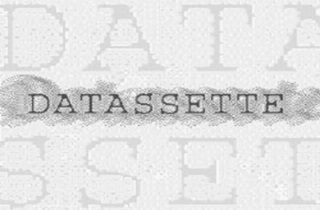
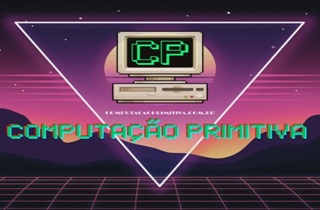
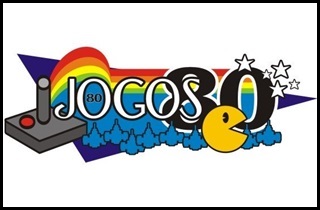
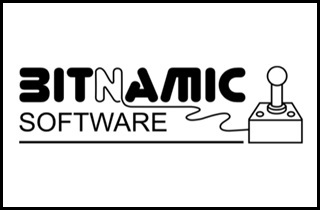




 Copyright (C) 2000-2025, por Marcos Velasco
Copyright (C) 2000-2025, por Marcos Velasco

